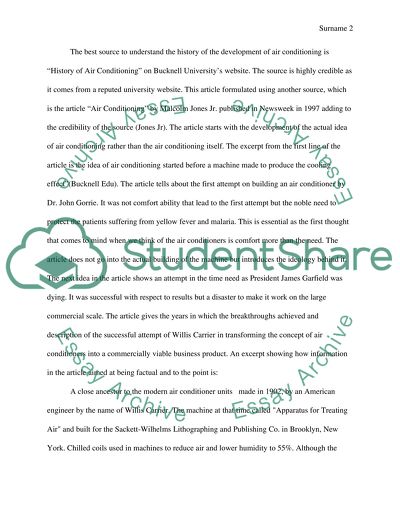Cite this document
(“History and Development of Air-conditioning Research Paper”, n.d.)
History and Development of Air-conditioning Research Paper. Retrieved from https://studentshare.org/social-science/1595093-history-and-development-of-air-conditioning
History and Development of Air-conditioning Research Paper. Retrieved from https://studentshare.org/social-science/1595093-history-and-development-of-air-conditioning
(History and Development of Air-Conditioning Research Paper)
History and Development of Air-Conditioning Research Paper. https://studentshare.org/social-science/1595093-history-and-development-of-air-conditioning.
History and Development of Air-Conditioning Research Paper. https://studentshare.org/social-science/1595093-history-and-development-of-air-conditioning.
“History and Development of Air-Conditioning Research Paper”, n.d. https://studentshare.org/social-science/1595093-history-and-development-of-air-conditioning.


